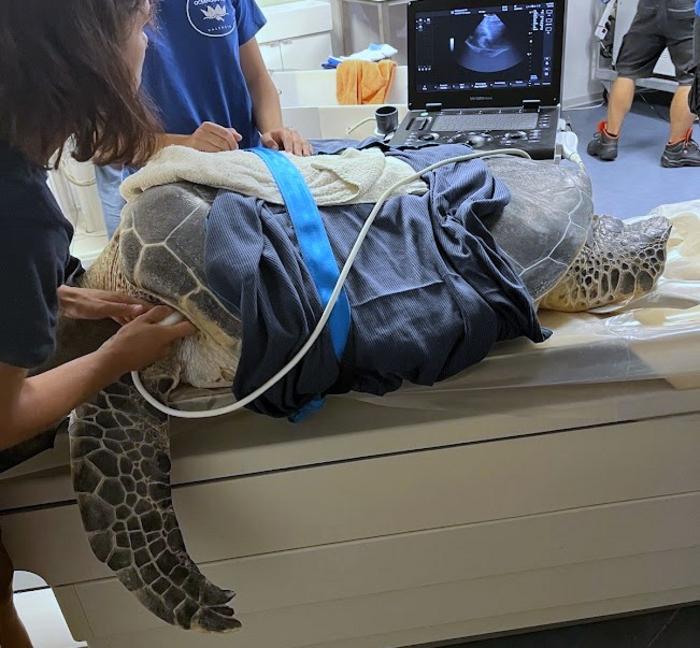Historical butterfly specimens, over a century old, at London’s Natural History Museum inform the classification of rare species
Historical butterfly specimens, over a century old, at London’s Natural History Museum inform the classification of rare species Credit: Todisco et al., 2024, PLOS ONE, CC-BY 4.0 (https://creativecommons.org/licenses/by/4.0/) Historical butterfly specimens, over a century old, at London’s Natural History Museum inform the classification of rare species ### Article URL: https://journals.plos.org/plosone/article?id=10.1371/journal.pone.0305825 Article Title: DNA barcodes from over-a-century-old […]

Historical butterfly specimens, over a century old, at London’s Natural History Museum inform the classification of rare species

Credit: Todisco et al., 2024, PLOS ONE, CC-BY 4.0 (https://creativecommons.org/licenses/by/4.0/)
Historical butterfly specimens, over a century old, at London’s Natural History Museum inform the classification of rare species
###
Article URL: https://journals.plos.org/plosone/article?id=10.1371/journal.pone.0305825
Article Title: DNA barcodes from over-a-century-old type specimens shed light on the taxonomy of a group of rare butterflies (Lepidoptera: Nymphalidae: Calinaginae)
Author Countries: Austria, India, Canada, UK, Finland
Funding: VT was supported by SYNTHESYS Call 4 project under the current European Commission’s FPVII European-funded Integrating Activities funding scheme (312253). Morphometry work was funded by a CSIR-UGC Research Fellowship to D.N.B., and a Ramanujan Fellowship (Dept. of Science and Technology, Govt. of India) and a research grant from NCBS to K.K. The funders had no role in study design, data collection and analysis, decision to publish, or preparation of the manuscript.
Journal
PLoS ONE
DOI
10.1371/journal.pone.0305825
Article Title
DNA barcodes from over-a-century-old type specimens shed light on the taxonomy of a group of rare butterflies (Lepidoptera: Nymphalidae: Calinaginae)
Article Publication Date
17-Jul-2024
COI Statement
The authors have declared that no competing interests exist.
What's Your Reaction?

































